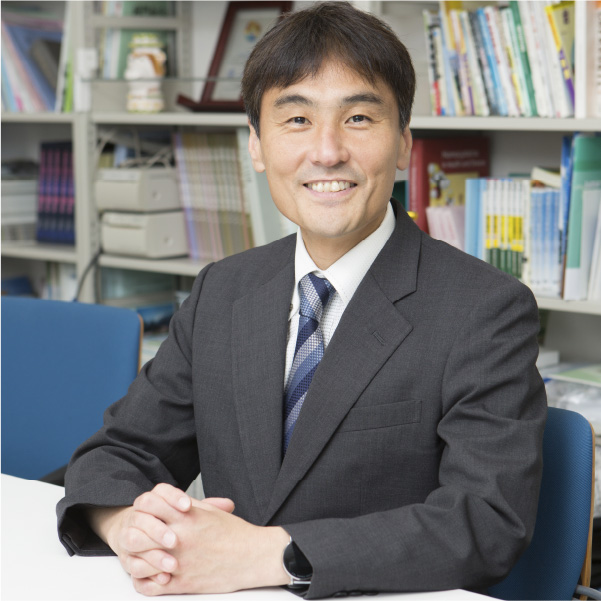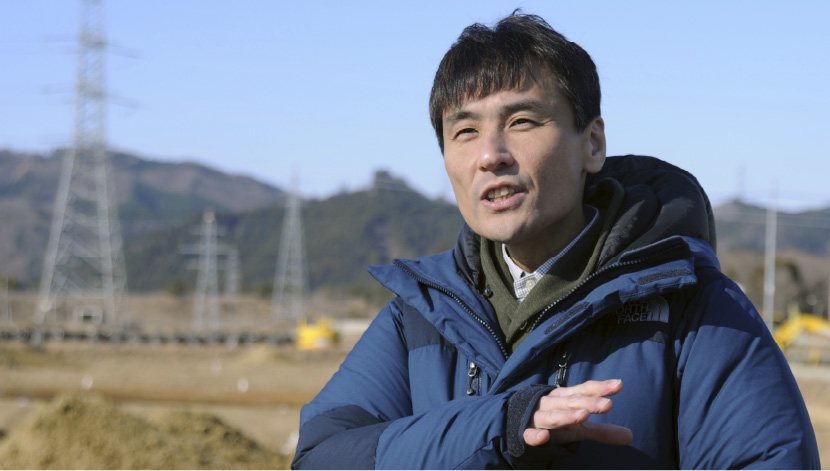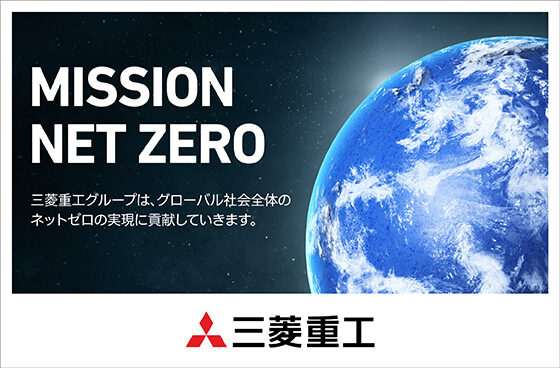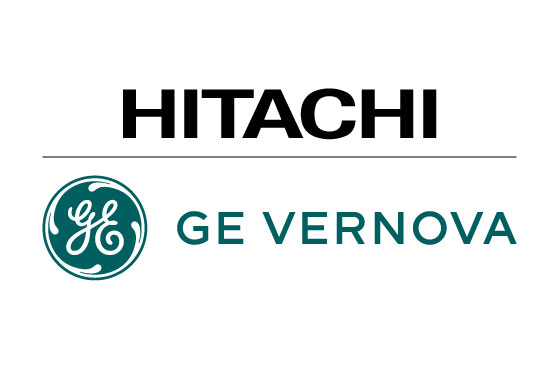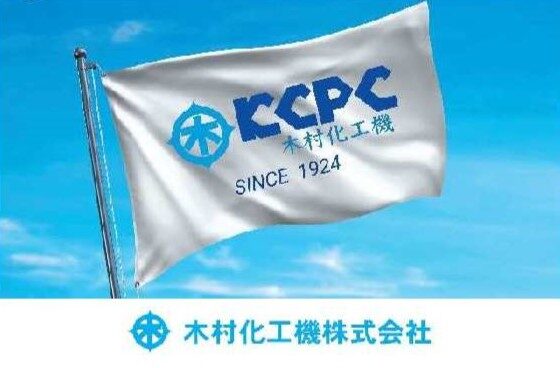Responding to the unique recovery phase of each area by being right there
– A decade has passed since the nuclear accident at Fukushima Daiichi. Looking back at the recovery support that was given in the aftermath of the accident, give us your current evaluation and impressions.
Takamura: What has struck me is the marked difference in the extent to which each area has come along in terms of its phase of recovery, even within Fukushima prefecture itself. Nagasaki University started extending recovery support to Fukushima at Kawauchi Village in 2012. After the earthquake and nuclear disaster, I had been traveling around the prefecture giving lectures, and after a lecture of mine in Koriyama City in October 2011, I had the opportunity to talk with the mayor of Kawauchi Village, Yuko Endo. The entire population of Kawauchi Village had been evacuated right after the accident, with the functions of the local government being transferred to Koriyama City, along with many of its local residents. Mayor Endo told me, “We want to return to our village. Could you please investigate the radiation levels of the soil and water there?” Upon receiving that request, I responded, “If an environment can be prepared to which people can return, the earlier you can do so the better. Nagasaki University would gladly be willing to help you toward that end.” As Kawauchi Village had a relatively low level of radiation in comparison to other evacuated municipalities of the prefecture, his request came just as I had been wondering if I could be of help, if any possibility of returning there existed.
In April 2013, Nagasaki University signed a comprehensive agreement of cooperation with Kawauchi Village, setting up the Nagasaki University/Kawauchi Village Recovery Promotion Office in the village as a satellite facility of our university. While we were carrying out activities at that facility, though, it came to light that all the infrastructure necessary to support people’s livelihoods in Kawauchi Village, Futaba-gun, had been borne by its neighboring municipality of Tomioka Town. With Tomioka Town having acted as Kawauchi Village’s “mother,” so to speak, Kawauchi Village — its return [from the evacuation] having been initiated earlier than that of Tomioka Town — was thus placed in an “orphaned” state. Indeed, I often heard people say that unless Tomioka made a true recovery, the recovery of Kawauchi would never happen.
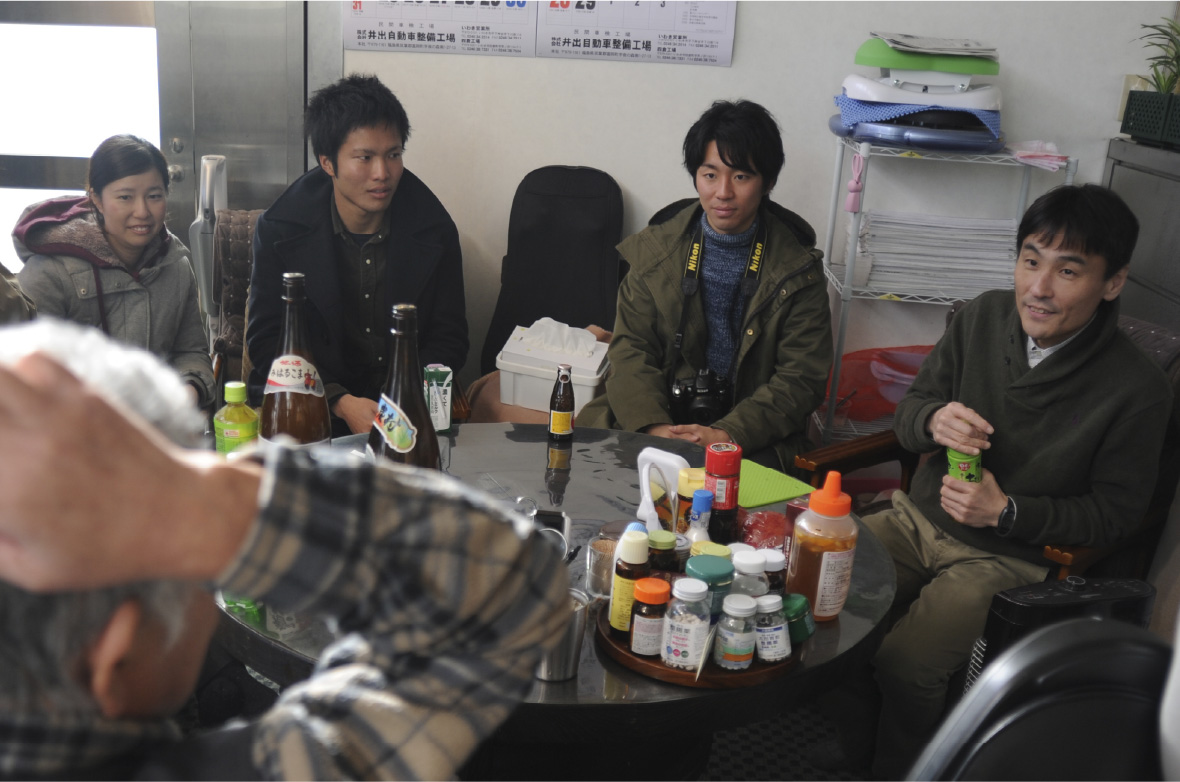
In 2016, it was decided that the return [of inhabitants] to Tomioka Town could begin. It was at that stage that we began our support to that town, too, setting up the Nagasaki University/Tomioka Town Recovery Promotion Office there in April 2017 as more and more residents began their full-fledged return. That was because we thought we had to back them up as well [as Kawauchi] in order to bring about a recovery of Kawauchi Village in the true sense.
In 2019, residents also began to return to Okuma Town, the site of a nuclear plant. Just as had been done in Kawauchi Village and Tomioka Town earlier, we set up another office there, too — the Nagasaki University/Okuma Town Recovery Promotion Office — thinking that we could work together with them to develop a roadmap for their recovery as well, given that they lived side-by-side next to a nuclear reactor.
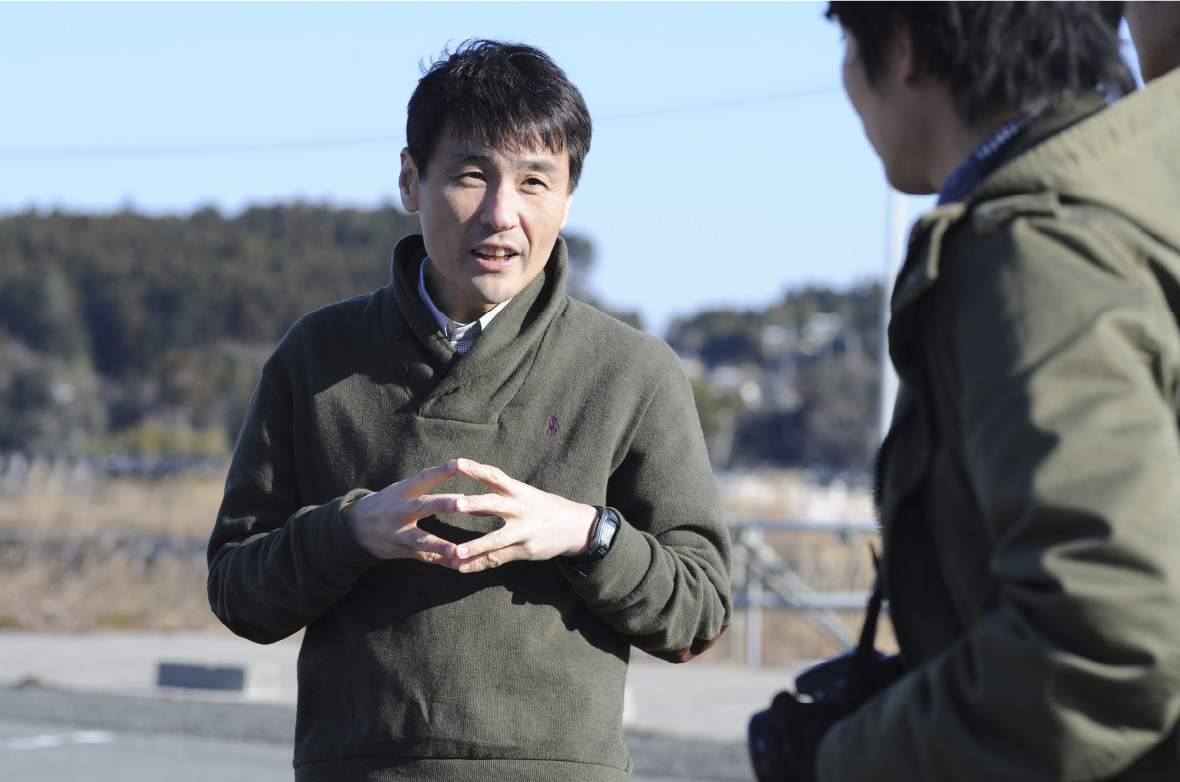
We have conducted our [recovery assistance] activities by successively increasing the number of local offices — first in Kawauchi Village, then Tomioka and Okuma Towns — in line with the recovery process at Fukushima. The needs of each area have been different, and moreover, the extent of each of their needs has been immense in its own way. I believe that the only way such needs can be sensed is by setting up offices locally and actually seeing the areas for ourselves.
A decade has passed since the earthquake disaster. Some eight-tenths of Kawauchi Village’s population has returned, having been forcibly evacuated in 2011. Now, everyday life has been restored, allowing life in the village to go back to pretty much what it used to be, so much so that it is almost hard to believe that it had once been emptied of all its residents. On the other hand, in Tomioka Town, which used to have 16,000 residents before the nuclear reactor accident occurred, only around 1,500 people have come back; that’s not even 10 percent. So, one could say that it is still in the process of recovering. Meanwhile, the number of people who have returned to its neighboring town of Okuma — whose population before the nuclear reactor accident stood at 10,000 — is a paltry 200 or so. That means that Okuma has just set out on its path to recovery. With some of its residents being allowed to return as the soil gets progressively decontaminated, it has only begun to recover.
Even at Chernobyl, [all] the residents living within a 30-km radius of the nuclear reactor were evacuated. Unlike at Fukushima, however, no municipality has been restored there, despite the fact that almost none of the surrounding areas has a high radiation dose anymore. The reason why residents of Chernobyl have not returned is not merely a matter of radioactivity, but also stems from the fact that is extremely difficult, in a region where no one has been living for several decades since the accident, to create from scratch the infrastructure necessary for people’s livelihoods, as well as to restart agriculture.
“If an environment can be prepared to which people can return, the earlier you can do so the better.” That is what we have been striving for in Fukushima’s recovery.
I now serve as the head of the Great East Japan Earthquake and Nuclear Disaster Memorial Museum in Futaba Town. The only areas in town where evacuation orders have been lifted are along National Route No. 6 and the road passing by our museum, but no residents have returned as of yet; the town’s population is zero. In other words, its recovery has yet even to begin.
As we can see in the cases of these four towns and villages in Fukushima, the phase of recovery differs completely depending on the area. Even in just the single prefecture of Fukushima, it differs that much. That is what I feel, looking back at the past decade. We are carrying out our support activities while respecting such differences.
– We would like to hear your thoughts on the influence of the accident on people’s health, as well as about the results of Fukushima Prefecture’s investigation of the matter.
Takamura: Takamura: Fukushima prefecture has launched an investigation of the health of prefectural residents, as part of its efforts to watch over their well-being.
What has been gleaned from the investigations so far is that there has not been any increase in medical symptoms due to radiation exposure. Immediately after the accident, residents living within a 20-km radius [from the Fukushima Daiichi facilities] were evacuated at a relatively early stage. Additionally, provisional regulation standard values [for radiation] were established for food products, limiting both their shipment and consumption. It was discovered [through the investigation] that those two steps largely contributed to suppressing not only the level of external radiation exposure, but also the level of internal radiation exposure caused by the ingestion of contaminated food and drinks.
Meanwhile, it is true that many people [in the prefecture] feel a sense of anxiety. Because of that, the investigation into the health of prefectural residents at the time of the accident focused mainly on children aged 18 and younger, with screening examinations made of their thyroid glands through ultrasound. The results of that examination showed that no increase in thyroid cancer caused by radiation exposure has been found so far. That, I think, is one conclusion that we can draw from the past decade.
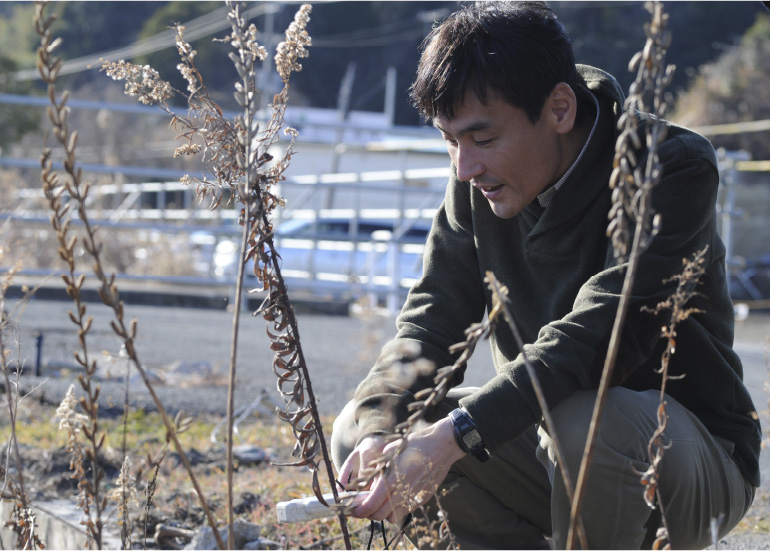
– At one point, the screening results shook public confidence by showing a higher incidence rate of thyroid cancer than normal.
Takamura: After the Fukushima nuclear reactor accident, the prefecture started performing ultrasound examinations on pupils’ thyroid glands as part of their general school physical examinations. The only place in the whole world that has ever conducted such a broad thyroid examination on everyone [i.e., all its students] is Fukushima Prefecture.
When you add an item to a physical examination for the first time, it means that a lot of people get that item examined when it had not been looked at before, resulting in the so-called “screening effect,” making the incidence rate of thyroid cancer appear significantly higher. That is what stoked public fears at one point.
It is important — extremely important — in such situations to evaluate the cause-and-effect relationship between radiation exposure and thyroid cancer. That is to say, by plotting radiation exposure levels on the x-axis against the incidence rate of thyroid cancer on the y-axis, you need to establish whether some kind of relation exists between the two.
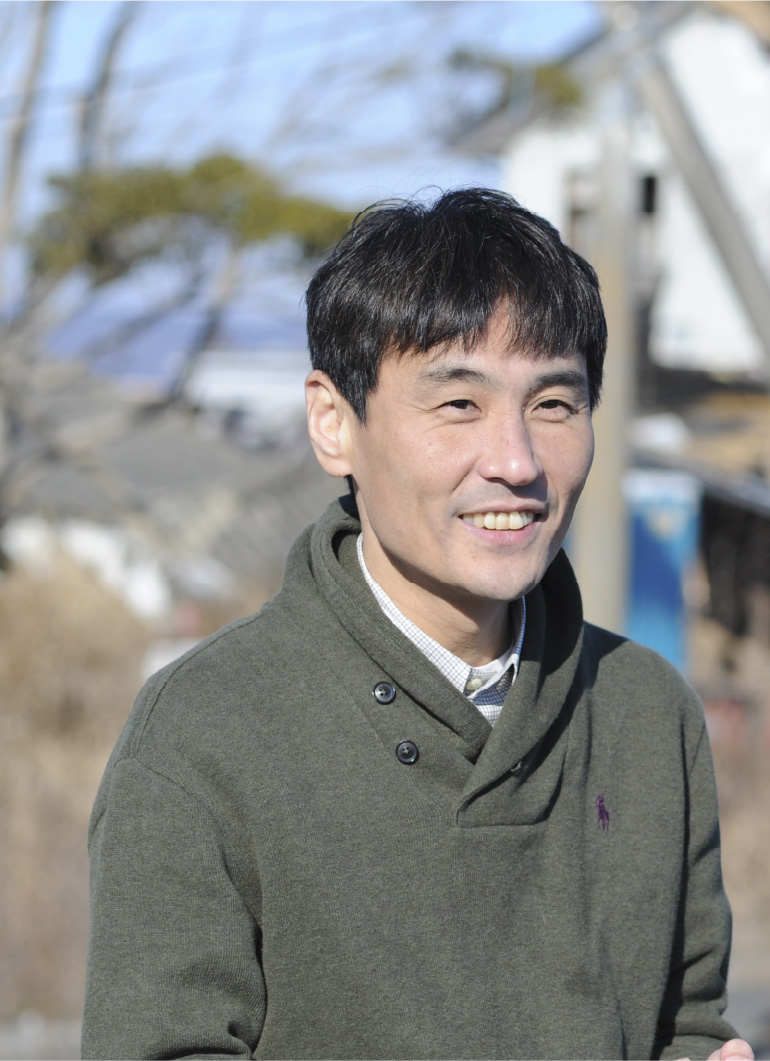
We studied the relation between the two during the investigation made of citizens’ health in Fukushima Prefecture, and found that there was no increase in thyroid cancer owing to radiation exposure, with several reasons for that judgment.
The first was the age of the victims at the time of the accident. Generally, there is a higher risk of affliction by radiation-induced cancers for patients who were younger at the time of the accident or when they were exposed to radioactivity; that is, the younger the patient, the more cancer there is.
In the case of Chernobyl — also a nuclear accident — the incidence rate for thyroid cancer among children aged 0 to 5 was found to have climbed. Just as with the case of A-bomb victims, it was found [in Chernobyl] that the younger the patient was, the higher their incidence rate for cancer or leukemia. In contrast, such a trend was not evident in Fukushima Prefecture. The thyroid cancer detected there, rather, followed the pattern of a progressively higher incidence rate for older patients.
In general, cancers — including thyroid — strike older people at greater rates of frequency. An increase in the incidence rate [at Fukushima] owing to the screening effect probably stemmed from the detection “net” of the screening process having also “caught” conditions stemming from aging factors.
Another reason [why thyroid cancer rates and radiation exposure doses in Fukushima were found to be unrelated] is that we now have estimated figures for the respective thyroid exposure doses, approximately, for individual areas and municipalities within the prefecture; those figures have been assessed and confirmed by international organizations. Based on that, we examined whether there were any differences in the thyroid cancer incidence rate between those areas with relatively high radiation exposure levels, on the one hand, with those having a medium or relatively low level of exposure, on the other. If a cause-and-effect relation did exist, those areas with high radiation doses ought to have shown a higher incidence rate of thyroid cancer, but they did not; all the areas showed more or less the same results.
Obviously, although we still need to continue our investigatory research, the results of examining the cause-and-effect relationship have led us to conclude now — a decade since the accident — that it is difficult to connect any thyroid cancer found at Fukushima with the influence of radioactivity exposure.
Setting up a system where anybody desiring a thyroid examination can get one
– Even the experts were divided about whether screening investigations for thyroid cancer should continue or not.

Takamura: Progress in examination procedure technology has enabled the early detection of thyroid cancer, pushing up the overall number of patients, but the number of those actually dying from the disease has been trending downward. Thyroid cancer has a low rate of malignancy, and is discovered in 20 to 30 percent of patients whose bodies have been examined following their deaths from other diseases. That means that many people with thyroid cancer end up dying of something else. Such a trend has been broadly confirmed worldwide.
In Fukushima, the disease, which had not been previously detected because thyroid examinations themselves were not being conducted, started to be found once the examinations were carried out. In response to those results, a debate erupted between those [experts] who believed that the examinations ought to be halted because of the excessive number of diagnoses stemming from the screening, and those who said that consideration should be given to the fact that the purpose of the screening examinations, in the first place, was in response to the Fukushima nuclear reactor accident.
There were many people in Fukushima who were worried about the influence on their children’s health by the radiation disaster after the nuclear reactor accident. For that reason, ultrasound screening examinations of children’s thyroid glands were started out of concern for their health. Although this may be a textbook case of excessive diagnoses, I think — reflecting on the reason why they started in the first place — that is important to organize a system whereby anyone who wants an examination should be able to have one.
– What is important to do to enable people to learn correct information about radiation and radioactivity?
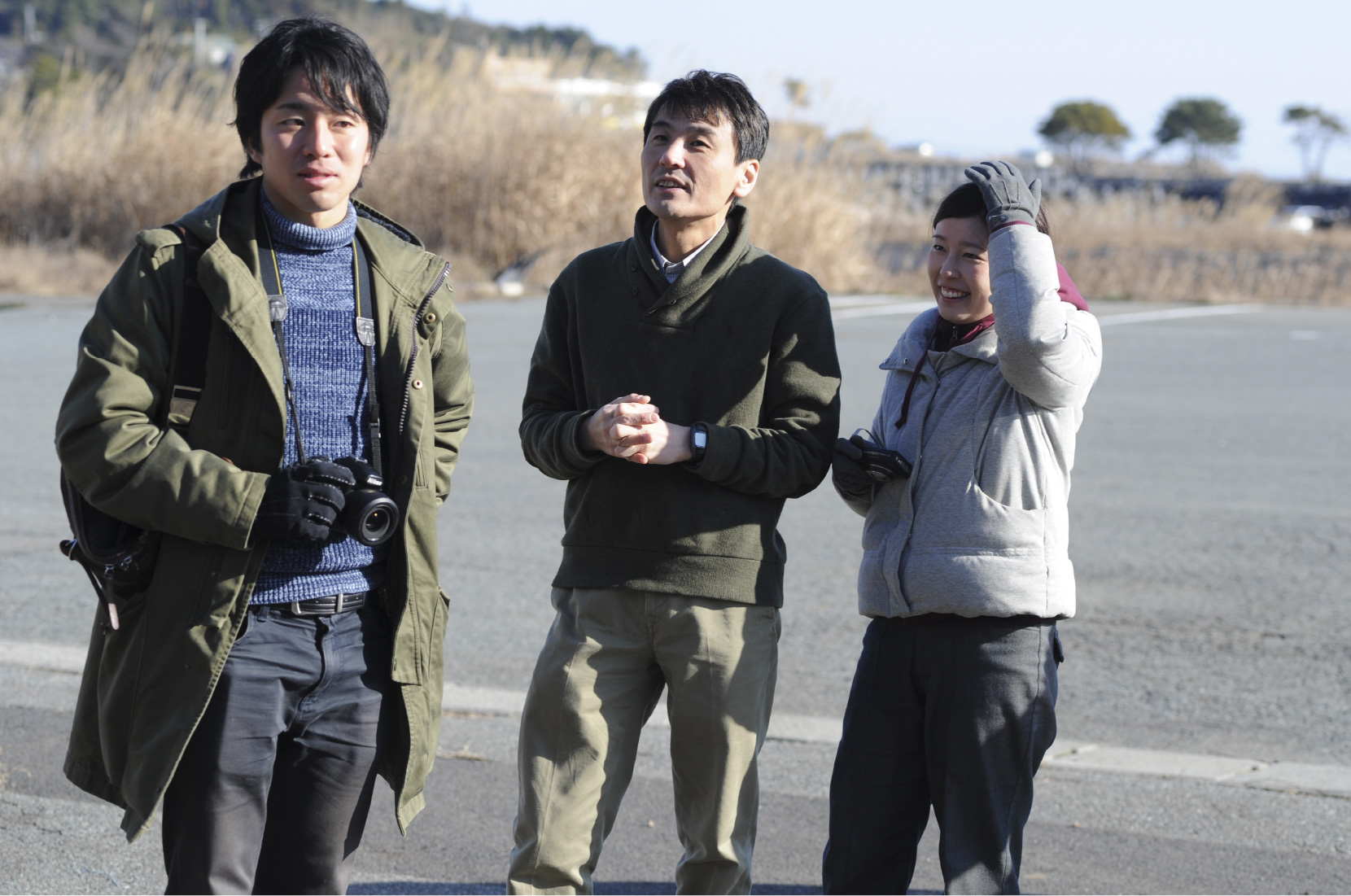
Takamura: There are, I believe, both a short-term and long-term perspective on that. In the short run, we must reflect upon why there was so much confusion about radiation and radioactivity at the time of the Fukushima nuclear reactor accident. Immediately after the accident occurred, several statistics were reported in rapid succession, such as: “The air dosage rate in Fukushima City is 25 microsieverts/hour,” or “[The rate] in Iitate Village is 45 microsieverts/hour,” or “Radioactive iodine has been detected in the tap water of Iitate Village at the rate of 800 becquerels/liter.” Right after the accident, explanations were lacking about what those numbers meant. I wonder how many local residents could really look upon them analytically and really understand them.
How much influence is there on the human body when a person is standing an hour or two in a place where 45 microsieverts/hour has been detected?
Many local residents, and not just those in Kawauchi Village, told me, “At the time, we thought we would die from a dose of radiation.”
The level of radiation can, for instance, be compared with that received by people during X-ray examinations in health check-ups. Taking one X-ray radiograph causes a dosage of 100 microsieverts of radiation, or the same amount that residents in the relatively high-radiation areas of Fukushima got by standing there for four to five hours. It is important to have that sort of “yardstick” to measure things with. Forced into a situation without having such a yardstick — one that would let them “read the market,” so to speak — many of the local residents ended up earnestly being fearful about damage to their health.
Radiation is scary because it is invisible, inaudible, and undetectable by the nose. At the same time, radiation can be easily measured with a dosimeter. To understand the readings that such a device gives, though, it is important first of all to have a proper yardstick to measure things with.
– Any future issues?
Takamura: Takamura: As for what should be done from now on, I believe that the biggest issue when thinking about radiation is related to people’s getting the type of science education that would let them acquire the yardstick that they previously lacked.
How much radiation is a person exposed to by eating mushrooms that have a radiation level of 200 becquerels/kg for one year? It is about the same that a person would get while having two X-rays taken.
Phrasing the situation in those terms would make it easier for people to understand whether or not radiation exposure would have an influence on their health. Instead of debating simply about whether something is “dangerous” or “safe,” we need to set the question amongst a background of science education that would enable comprehension of the relative degree of danger.
It is necessary for people to be able to make quantitative judgments. I think that Japan needs to work painstakingly, over the long term, toward such education, despite the time needed.
